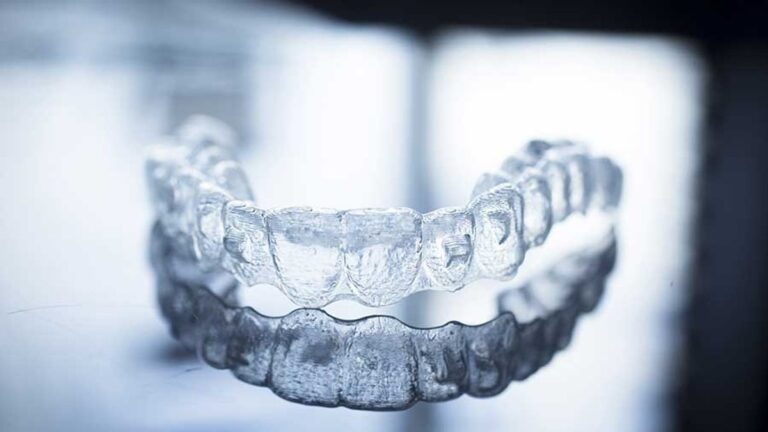Scientists at Saratov State Medical University (SSMU) have launched a groundbreaking study, revealing how orthodontic treatments such as braces and aligners can significantly change brain activity in patients. This research, which sheds light on the neural effects of dental corrections, promises to transform the orthodontic landscape by enhancing patient care protocols.
Uncovering Neural Dynamics
The SSMU team studied the response of the cerebral cortex to orthodontic appliances, discovering profound changes in brain activity after installation. Unlike previous studies that focused primarily on post-treatment pain management, this research broadened the scope to examine the overall effect of dental alignment on the functional architecture of the brain. By comparing the results of two popular orthodontic interventions—aligners and braces—the researchers identified different patterns of neural adaptation unique to each method. The European Physical Journal Special Topics provides a detailed description of these findings, highlighting their potential to revolutionize treatment approaches in dentistry.
Orthodontic Surgery and Brain Plasticity
At the heart of this study is the concept of brain plasticity, the ability of the nervous system to reorganize itself in response to various stimuli. Braces and aligners, by exerting physical pressure on the teeth and altering facial structures, serve as powerful stimuli that elicit significant neurological responses. Anastasia Runnova, head of the Department of Biophysics and Digital Technologies at SSMU, emphasizes the importance of these findings. He notes that understanding the neural correlates of orthodontic treatments can lead to more informed decisions about the necessity and type of orthodontic treatment, ultimately improving patient outcomes.
Implications for future orthodontic practice
This ground-breaking research opens new avenues for the development of orthodontic procedures that focus not only on aesthetic and structural corrections but also take into account the neurological well-being of patients. By leveraging digital methods to objectively measure the effects of braces and aligners on brain activity, orthodontists can tailor treatments that best suit their patients’ individual needs, potentially reducing treatment times and improving comfort levels. Additionally, these insights could pave the way for innovative approaches to managing pain and discomfort associated with orthodontic adjustments, ensuring a more pleasant experience for millions of patients worldwide.
This study not only highlights the complex relationship between dental health and brain function, but also highlights the importance of interdisciplinary research to unlock new possibilities in healthcare. As scientists continue to explore the frontiers of orthodontics and neurology, patients benefit from treatments that are both effective and mindful of their overall well-being. The journey of teeth alignment, it seems, is much more than cosmetic—it’s a path to understanding the deep interconnectedness of our bodies and minds.


